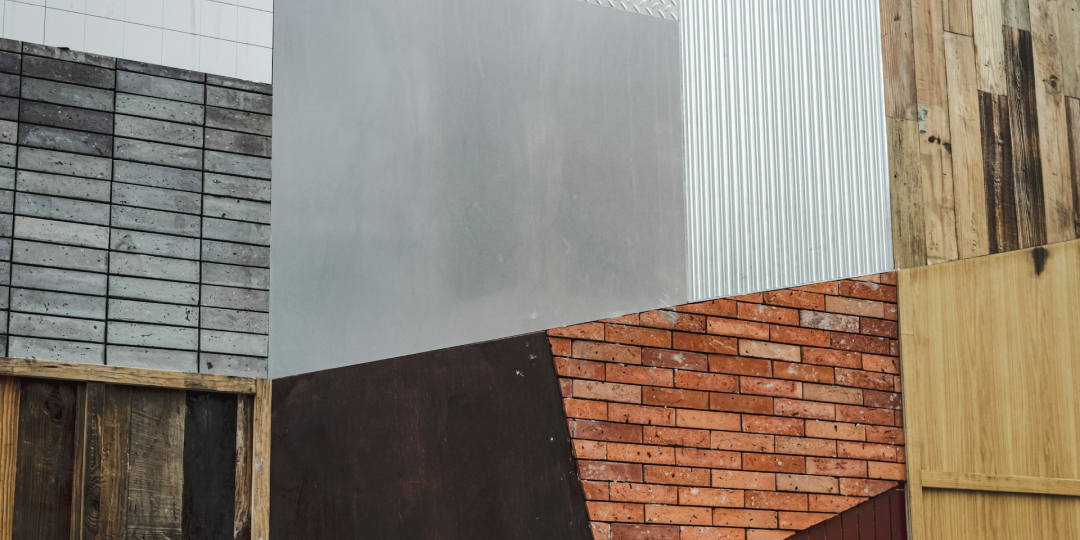The construction industry is undergoing a significant transformation as it embraces sustainability. With growing awareness of environmental impacts and the need for eco-friendly practices, innovative building materials are at the forefront of this change. Here are some of the latest trends in sustainable building materials that are shaping the future of construction:
1. Recycled and Upcycled Materials
Using recycled materials is becoming increasingly popular. Materials such as recycled steel, glass, and plastic are being repurposed for construction, reducing waste and conserving natural resources. Upcycling, which involves transforming waste materials into new, higher-value products, is also gaining traction.
2. Bamboo
Bamboo is a fast-growing, renewable resource that is being used as an alternative to traditional timber. It is strong, flexible, and has a lower environmental impact compared to conventional wood. Bamboo is being utilized in various applications, from flooring to structural elements.
3. Hempcrete
Hempcrete, made from the inner fibers of the hemp plant mixed with lime, is a sustainable alternative to traditional concrete. It is lightweight, has excellent thermal insulation properties, and is carbon-negative, meaning it absorbs more CO2 than it emits during production.
4. Mycelium
Mycelium, the root structure of fungi, is being used to create biodegradable building materials. It can be grown into specific shapes and used for insulation, bricks, and even furniture. Mycelium-based materials are lightweight, strong, and compostable.
5. Cross-Laminated Timber (CLT)
CLT is an engineered wood product made by layering timber in perpendicular directions, creating a strong and stable material. It is being used as a sustainable alternative to concrete and steel in building construction. CLT buildings are not only environmentally friendly but also quick to construct and highly durable.
6. Carbon-Sequestering Concrete
Innovations in concrete production are leading to the development of carbon-sequestering concrete, which captures and stores CO2 during the curing process. This type of concrete helps reduce the carbon footprint of construction projects and contributes to climate change mitigation.
7. Smart Glass
Smart glass technology allows windows to adjust their tint based on the amount of sunlight, reducing the need for artificial lighting and air conditioning. This energy-efficient material helps lower energy consumption and enhances the comfort of building occupants.
8. Recycled Plastic Bricks
Recycled plastic bricks are being developed as a sustainable alternative to traditional clay bricks. These bricks are made from plastic waste, reducing landfill and ocean pollution. They are lightweight, durable, and have good insulation properties.
9. Green Insulation
Eco-friendly insulation materials, such as sheep’s wool, cellulose, and cork, are gaining popularity. These materials are not only sustainable but also provide excellent thermal and acoustic insulation, improving the energy efficiency of buildings.
10. Solar Tiles
Solar tiles integrate photovoltaic technology into roofing materials, allowing buildings to generate their own electricity. These tiles are designed to look like traditional roofing materials, providing an aesthetically pleasing and sustainable energy solution.
Conclusion
The adoption of sustainable building materials is crucial for reducing the environmental impact of construction. These innovative materials not only promote eco-friendly practices but also offer improved performance and durability. As the industry continues to evolve, embracing these trends will be essential for creating a more sustainable built environment.

